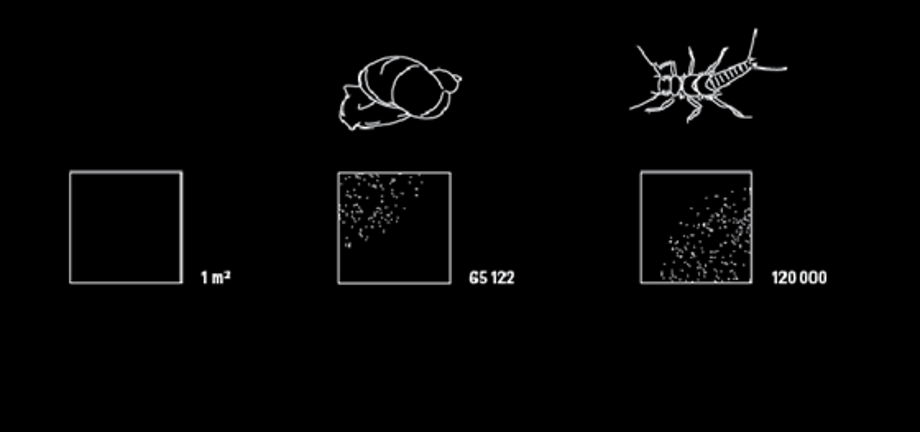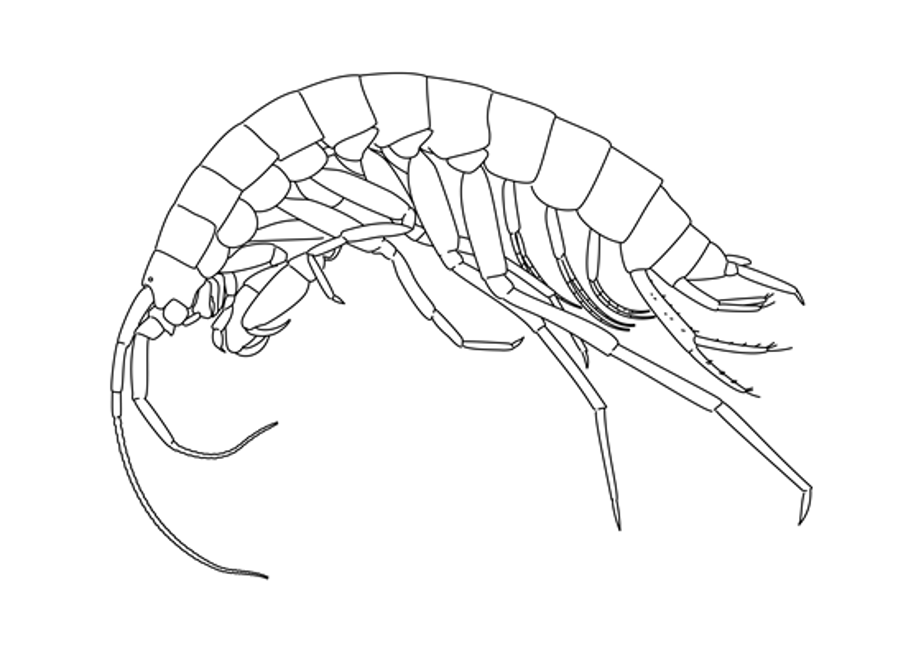An old Icelandic proverb says "Fertile is water that runs under lava." The proverb is particularly appropriate for the water that flows into Lake Þingvallavatn. The close relationship between the ecosystem of Lake Þingvallavatn and geological history gives Þingvallavatn a special place amongst the world's lakes.

Lake Þingvallavatn bilology is diverse and fertile.
The majority of the catchment area is covered by lava and water easily drains through.
The young age of the lava means that there is a high uptake of minerals in the groundwater, and this is one of the reasons for the great diversity of life in Þingvallavatn.
Land subsidence, rifting and lava have created a diverse habitat, for instance hideouts for fish in fissures and holes along the shoreline.

In the shore there are up to 120,000 small animals per square meter. But at 114 m depth, they are about 10 thousand.
Þingvellir National Park / Gagarín

Groundwater amphipods were discovered in lake Þingvallavatn at the end of the 20th century. They survived extreme cold of the ice age in caves beneath the ice sheet, benefitting from geothermal heat.
Þingvellir National Park / Gagarín

Another type of amphipod called (Crangonyx Islandicus) has been discovered in lake Þingvallavatn and other lakes in Iceland.
The lake is particularly fertile and rich in vegetation, despite the very cold temperatures. A third of the bottom area is covered by vegetation, and there is a large amount of algae.
Low-growing vegetation extends out to a depth of 10 metres while higher vegetation forms a large growing-belt to 10-30 metres deep.
A total of 150 types of plants have been found and 50 kinds of invertebrates, from the shore to the center.